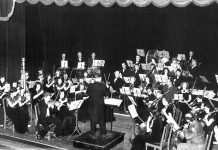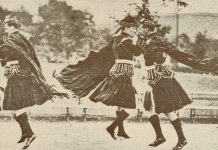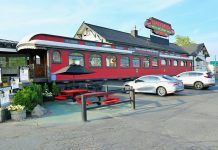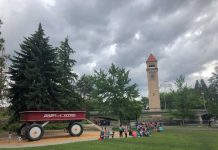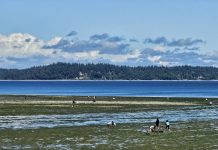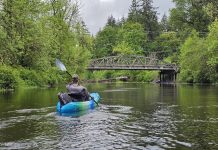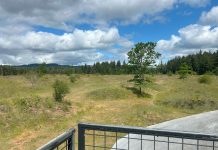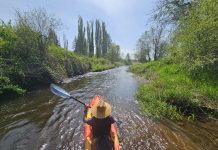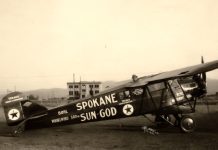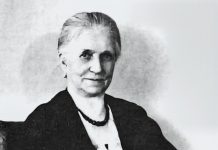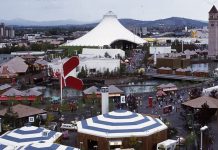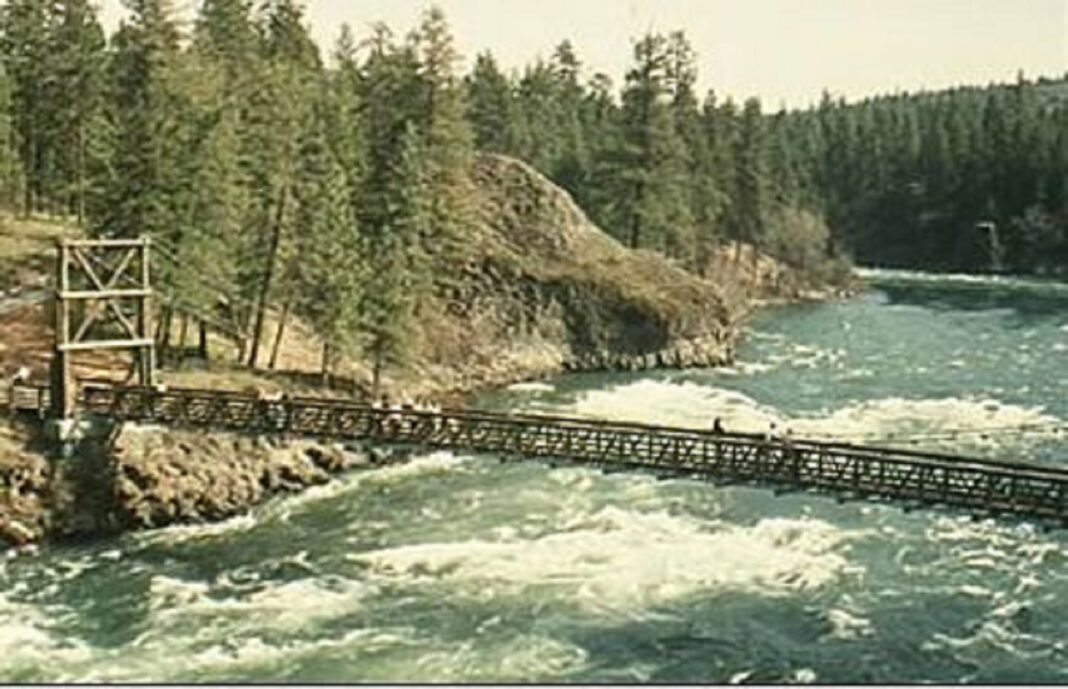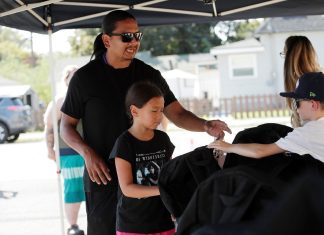The early development of Spokane’s now travel-worthy destination city was slow and steady in its formative years. Originally the Spokane Tribe and other nearby Tribes were the first people to reside in the area, mainly gathering in the area of Spokane Falls and at the confluence of the Spokane and Little Spokane Rivers, valuing its abundant resources and pleasant climate.
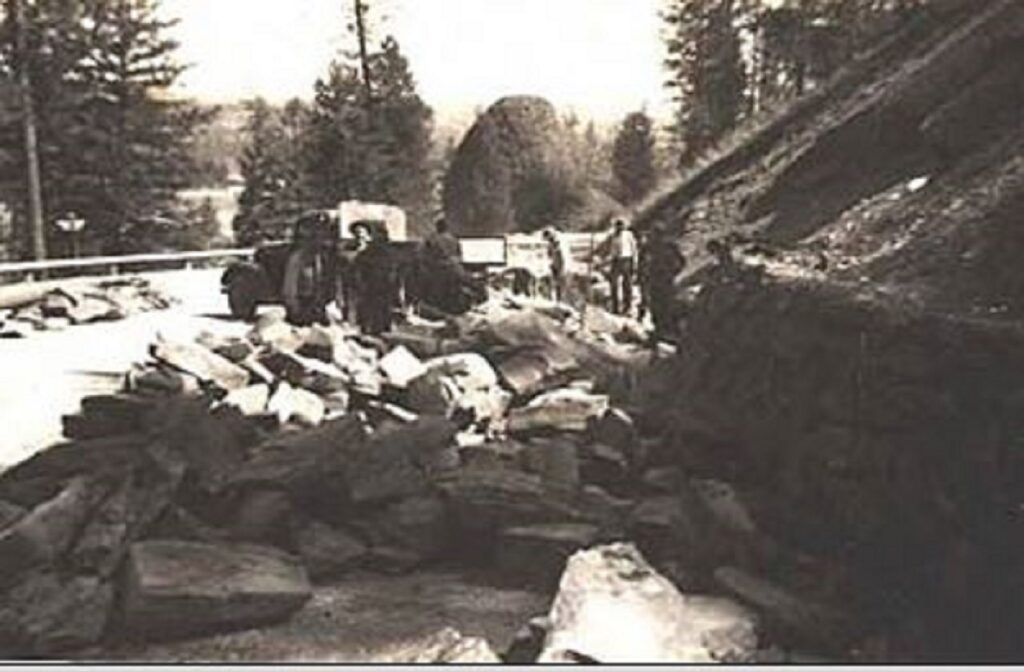
Before long, settlers began to follow suit. In 1810, David Thompson started Spokane House for the Northwest Company at the exact convergence as the Tribes to trade for furs, making this outpost the first permanent settlement in the great state of Washington. From there, Spokane grew, and by the early 1900s, Spokane was a major city in the Pacific Northwest. And what does every major city need to promote not only its beauty but a sense of community as well? Well, parks, of course!
Thus, began work on Spokane’s well-known Riverside State Park starting in 1933 and into 1934. Initially, this began as an effort of early Spokane residents to acquire as much land along the Spokane River as possible to save it from further development and protect its natural beauty. Many of these early citizens then gave the city gifts of land to make up the park, including Washington Water Power (now known as Avista). The park was then developed by the hardworking members of the Civilian Conservation Corps (CCC), which President Franklin D. Roosevelt had established during the Great Depression to give young, unemployed men a chance to earn a working wage and contribute to the growing needs of our great nation.
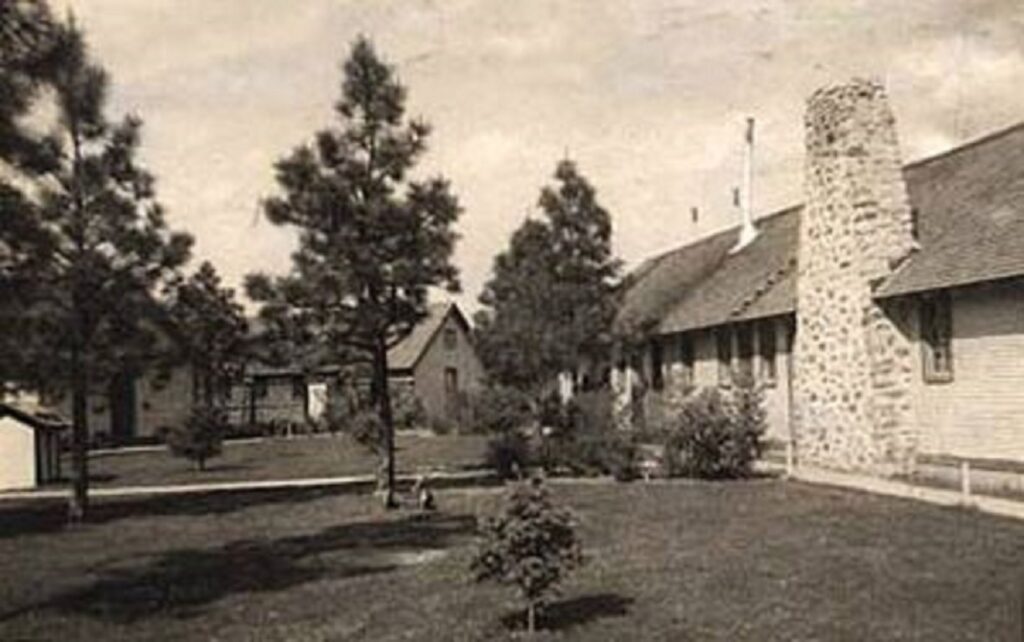
Most of the land that had been donated centered around the Bowl and Pitcher area, so the CCC quickly got to work, using that as the foundation for what would eventually grow to be 9,000 acres of park. They are accredited with the construction of many of the park’s facilities that make it so special to the Spokane community, including the original swinging bridge at the Bowl and Pitcher, the rock walls alongside the river, the restroom on the Centennial Trail near the Carlson Trailhead, and various trails within the park.
In total, the CCC spent three long years working on completing the now beloved Riverside State Park, finishing in 1936. During those years, the park was sometimes referred to as Seven Mile State Park as the CCC stayed in Camp Seven Mile while working in the area. For those three years, the men spent their time clearing old logging slash and litter, removing old logging roads and buildings and replanting the forest. After this, they created new roads leading to and through the park, including the Aubrey L Parkway, named after Aubrey L. White, the man known as the father of Spokane’s parks.
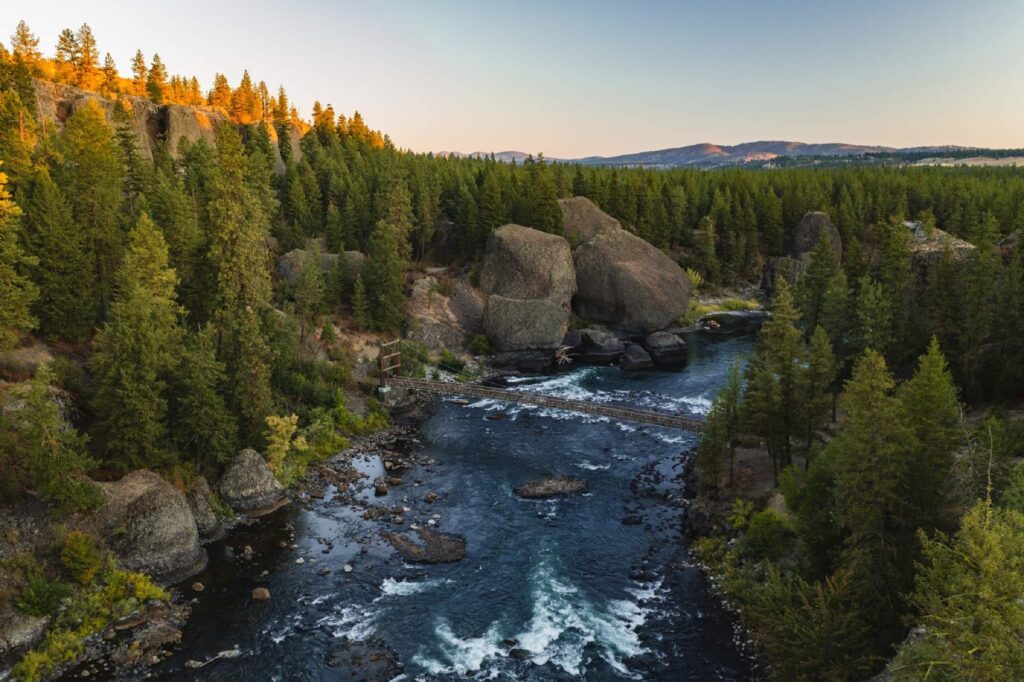
Over the years, the park’s land grew through donations, military land transfers, and occasional purchases. In the mid-century, the Indian Painted Rocks were added thanks to a generous donation. Later in the 1980s, Spokane County and Washington State Parks were able to add an early 2,000 acres to the park by preserving land along the Little Spokane River, now the Little Spokane River Natural Area.
The Centennial Trail also came into existence during those same years due to the generous assistance of the Inland Empire Paper Company, Spokane County, the City of Spokane, Washington State Parks, and numerous other businesses and individuals. This trail now winds from Idaho to Nine Mile Falls.
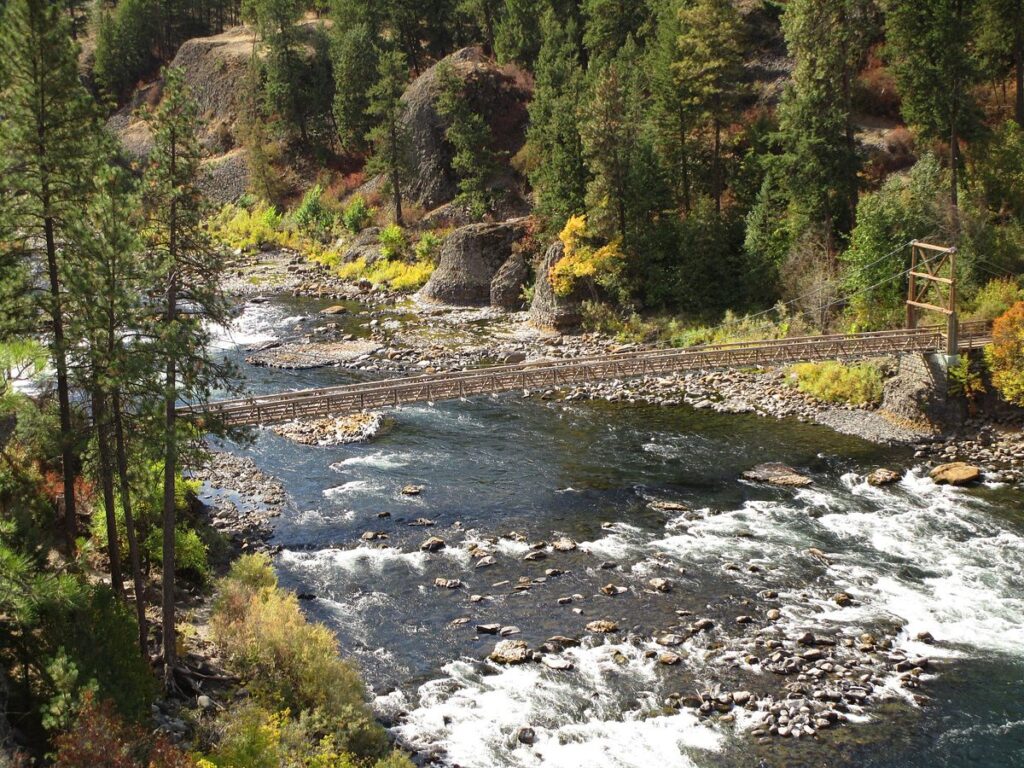
Today, Riverside State Park offers the Spokane community 55 miles of hiking trails, 25 miles of horse trails, 600 acres of ORV special terrain, and endless camping spots. It’s the city’s perfect place for horseback riding, rock climbing, and hiking — not to mention the Spokane region’s most beautiful scenery, including two rivers and towering basalt rock formations. With multiple points of entry within 10 to 30 minutes of downtown Spokane, you’re never too far away from a Spokane community park that has it all in the span of 9,000 generously donated acres at Riverside State Park.






